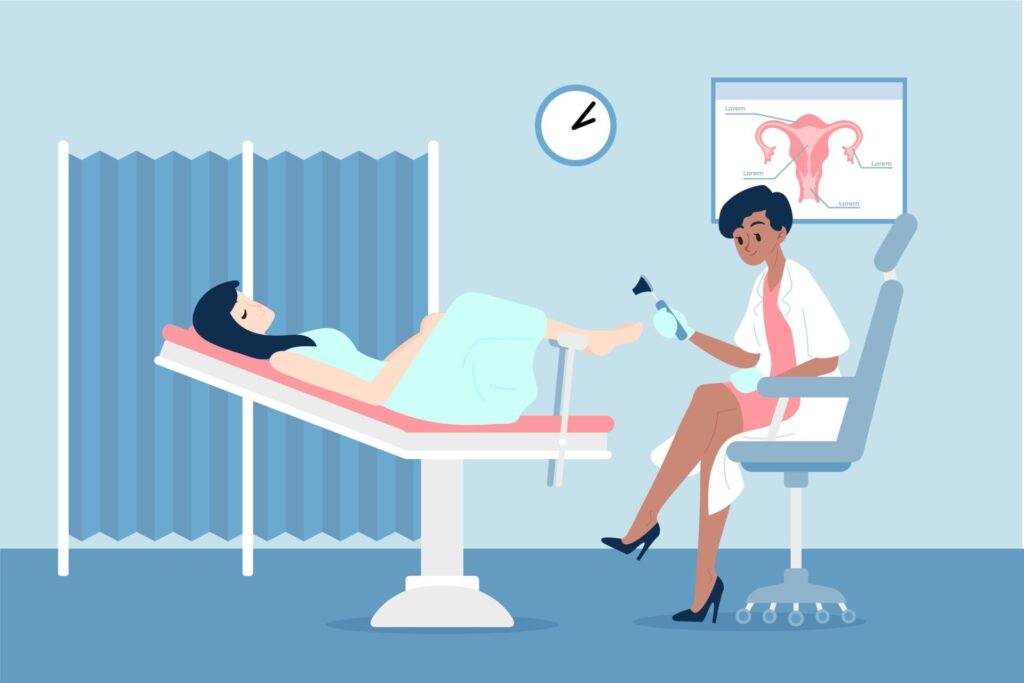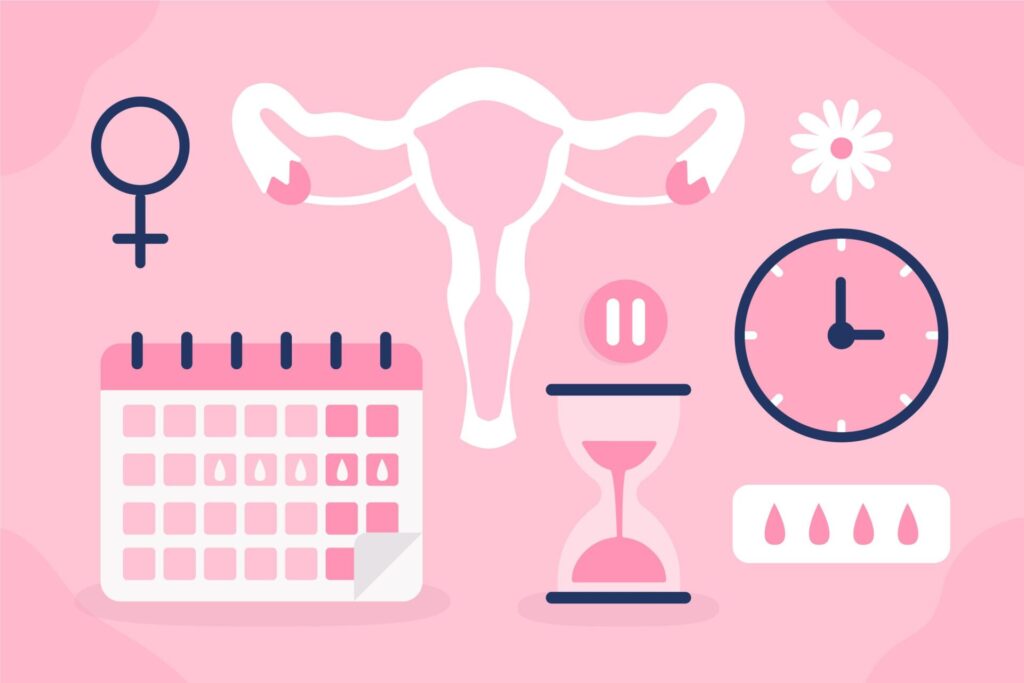Cervical Health Awareness Month starts every January. It underscores the importance of cervical health for individuals and the healthcare community. This month serves as a reminder of the impact that early detection and preventive measures can have in the reduction of cervical cancer rates.
The promotion of regular Pap smears, comprehension of pre-cervical cancer stages, and leveraging innovations such as the miLab™ CER system can significantly enhance patient outcomes and reduce the costs that are associated with late-stage diagnoses.
In this article, we will take a look at the vital role of screenings in the combat of cervical cancer. We will also discuss how to prevent cervical cancer.
What Is Cervical Health Awareness Month?
 Source : Freepik
Source : Freepik
Cervical Health Awareness Month is an annual initiative in January that aims to increase awareness about cervical cancer prevention, early detection, and the benefits of HPV vaccination. This campaign is supported by collaborative efforts from healthcare institutions, governments, and non-profit organizations to emphasize the importance of regular Pap tests and HPV screening. These screenings are indispensable to detect abnormal cervical changes early, which could potentially prevent invasive cervical cancer.
Major aspects of Cervical Health Awareness Month include:
- Promotion of routine Pap tests and HPV screenings.
- Encouragement of HPV vaccination among eligible individuals.
- Education of underserved populations about cervical health.
Organizations like FIND (Foundation for Innovative New Diagnostics) are also making a significant impact by raising awareness and educating providers and patients about the importance of cervical cancer screenings. As a partner with NOUL, FIND works to improve access to affordable and reliable diagnostic tools, ensuring underserved populations receive the preventive care they need. Their collaborative efforts with healthcare institutions contribute to building stronger health systems and saving lives worldwide.
Read more about Cervical Cancer Awareness Month on FIND’s website.
What Happens If You Never Get a Pap Smear?
 Source : Freepik
Source : Freepik
Pap smears are critical in the identification of abnormal cervical cells that could develop into cervical cancer. The neglect of regular screenings increases the risk of delayed diagnosis, which can lead to more aggressive treatments and poorer patient outcomes. Without Pap smears, individuals may remain unaware of pre-cervical cancer conditions, which allows undetected abnormalities to progress to invasive cancer.
Here is what happens if you never get a Pap smear:
- Delayed detection of pre-cervical cancer conditions.
- Higher likelihood of advanced cervical cancer diagnosis.
- Increased treatment complexity and costs.
In contrast, early-stage detection through Pap smears dramatically improves survival rates and reduces the need for invasive treatments. For healthcare providers, the encouragement of regular screenings as part of a comprehensive cancer prevention strategy is vital.
Learn more about the importance of Pap smears and HPV care here.
Understanding Pre-Cervical Cancer
 Source : Freepik
Source : Freepik
Pre-cervical cancer refers to abnormal cell changes in the cervix that may progress to invasive cervical cancer if untreated.
These changes are commonly caused by persistent HPV infections, especially from high-risk strains of the virus. Pre-cervical cancer stages are categorized as cervical intraepithelial neoplasia (CIN), which ranges from mild (CIN 1) to severe (CIN 3).
The progression of CIN includes:
- CIN 1 – Mild dysplasia (resolves without treatment).
- CIN 2 – Moderate dysplasia that requires careful monitoring.
- CIN 3 – Severe dysplasia with a higher risk of invasive cancer.
Advanced diagnostic tools such as the miLab™ CER system enhance the accuracy of cervical screenings, which ensures that abnormal changes are identified and addressed promptly.
Check out this article to learn more about the female reproductive system and cervical tests.
How to Prevent Cervical Cancer?
 Source : Freepik
Source : Freepik
The prevention of cervical cancer involves a multi-step process:
Early Detection
Regular Pap smears and HPV tests are the cornerstone of early detection. These screenings identify abnormal cervical changes before they progress, which enables timely interventions.
HPV Vaccination
Vaccination against HPV significantly reduces the risk of cervical cancer through the most common high-risk virus strains. This vaccine is recommended for individuals before they become sexually active.
Lifestyle Modifications
The adoption of safe sex practices, smoking cessation, and attendance of regular health check-ups all contribute to cervical cancer prevention. Keep in mind that smoking cessation reduces the risk of persistent HPV infections.
Education and Accessibility
Healthcare organizations must implement patient education programs, which ensure that individuals understand the importance of preventive measures.
Understanding cervical cancer markers is essential for interpreting screening results and ensuring timely intervention. If you’re curious about terms like HSIL, LSIL, ASC-H, ASC-US, SCC, and NILM, click here to learn more.
This table details some key measures to prevent cervical cancer:
Conclusion
Cervical Health Awareness Month emphasizes the importance of regular Pap smears, HPV testing, and how to prevent cervical cancer. NOUL’s miLab™ CER system exemplifies innovation in cervical health diagnostics. This automated and AI-powered technology provides efficient, accurate, and accessible testing for cervical cancer and pre-cervical cancer conditions.
Learn more about NOUL’s diagnostic solutions and how they can transform cervical health management. Visit their website to explore and inquire about their products.

